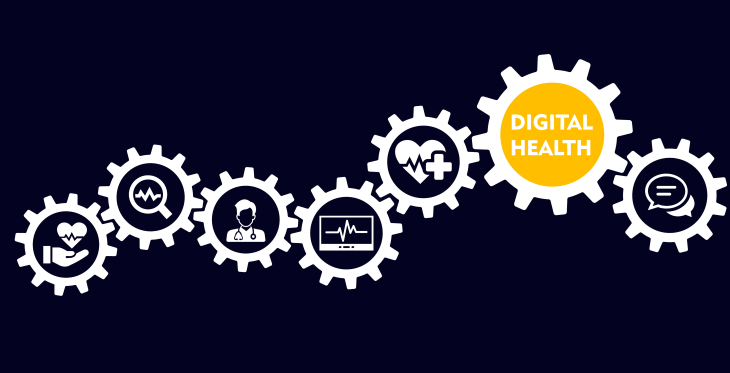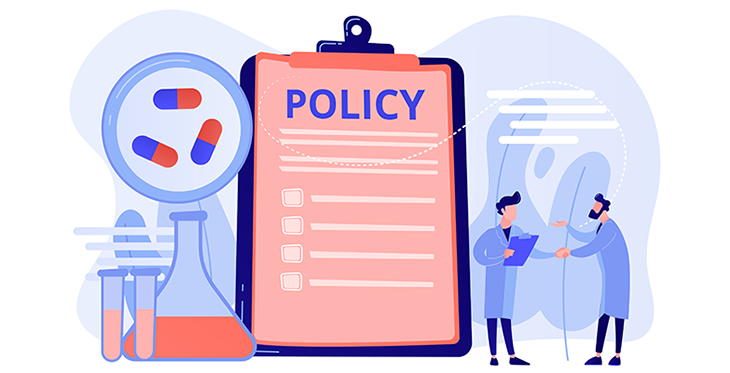The landscape of healthcare delivery has been transformed by digital innovation, and as we move further into the connected health era, the need for rigorous research and meaningful dissemination has never been more critical. The Society for Education and the Advancement of Research in Connected Health (SEARCH) will be holding SEARCH 2026 – The National Telehealth Research Symposium, June 2-3, 2026, in Chapel Hill, North Carolina. It will showcase connected health efforts, strategies, and partnerships, specifically those that focus on the research of telemedicine, telehealth, eHealth, mHealth, and other healthcare technologies.
Southwest Telehealth Resource Center Blog

As a second-year medical student at the University of Arizona College of Medicine – Tucson, I’ve been fortunate to interact with patients early in my training. Yet the experiences that left the deepest impact weren’t from structured classroom activities. They came from the time I chose to spend at the Crisis Response Center (CRC) at Banner University South, a 24-hour stabilization center for youth experiencing mental health crises.
Sitting in on patient interviews, I witnessed the wide range of stories and struggles that bring children and adolescents to the CRC. Despite their differences, one theme stood out: the lack of continuity in behavioral healthcare, especially for those in foster care. Given my research on telehealth since 2020, I kept asking myself, could telehealth be part of the solution?

The Centers for Medicare & Medicaid Services’ (CMS) “Rural Health Transformation Program (RHTP),” notice of funding opportunity (NOFO), published September 15, 2025, provides States with an historic funding opportunity that seeks to help them transform healthcare delivery for their rural residents. Each state can separately apply for a portion of $25 billion dollars of “Workload Funding” which is in addition to $25 billion dollars of “Baseline Funding”.

We had the opportunity to speak with Dr. Amit Algotar, MD, PhD, MPH, FOMA, FACPM who leads a telehealth-based lifestyle weight loss clinic at Banner University Medical Center South. His innovative approach focuses on using lifestyle modifications as a primary treatment modality for managing and preventing chronic conditions like cardiovascular disease, diabetes, and even certain cancers. In this Q&A, Dr. Algotar shares the philosophy behind his work, the impact he’s seeing, and how telehealth is helping him reach more patients.

On January 17, 2025, the Drug Enforcement Administration (DEA) proposed a new telemedicine regulation, entitled Special Registrations for Telemedicine and Limited State Telemedicine Registrations, that impact healthcare practitioners, telemedicine platforms, and patients. Key elements of the proposed rule include the introduction of a three-tiered special registration system, new state registration requirements for prescribing controlled substances, increased reporting and recordkeeping obligations, and updated controls on Schedule II substances. This proposed rule, once finalized and effective, will require that providers practicing via telemedicine and telemedicine platforms update their workflows accordingly.


